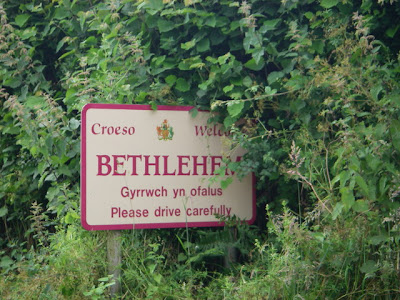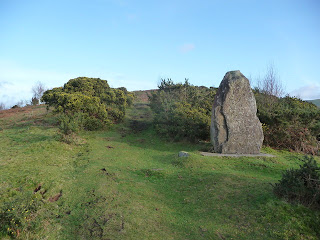 |
Braemar, the coldest place in Britain
© Copyright Paul Chapman |
We don't get really cold weather in Britain - not compared to other places around the world. But we do get 'big freezes' from time to time. Scotland usually sees the worst of the snow and ice, and the small town of
Braemar in the Scottish Highlands has twice recorded the lowest ever temperature anywhere in Britain of 27.2 degrees C. By our standards that's pretty freezing and way below our usual winter lows. Braemar is also the coldest place overall in Britain with an average annual temperature of just 6.5 degrees C.
Braemar is one of the highest towns in Britain at 1112 ft (339 m), and lies within the
Cairngorms National Park. This is one of the most remote areas of the country and it's here that you'll find our highest mountains, also known as 'Munros', the name given to mountains over 3000 ft (914.4 m).
Glenshee Ski Centre, a 10 minute drive from Braemar, is Scotland's largest winter resort. The area is also popular with rock climbers. And every year on the first Saturday in September tourists and locals alike flock to the
Braemar Gathering to watch the annual highland games. Members of the British Royal family have been attending 'The Games' (as the gathering is known), for generations.
To read more about skiing in Scotland click here
Photograph licensed for reuse under this Creative Commons Licence.





